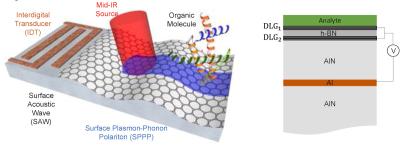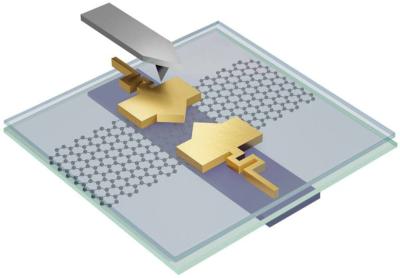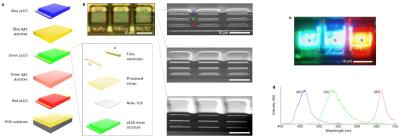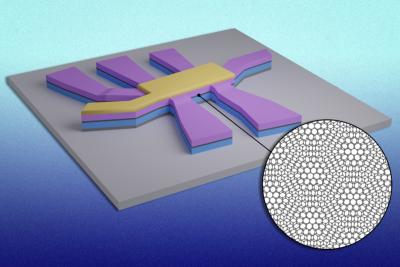Researchers observe fractional quantum anomalous Hall effect in multilayer graphene
Researchers at MIT and Japan's National Institute for Materials Science (NIMS) have observed an exotic electronic state in a material made of five layers of graphene, that could enable new forms of quantum computing.
Generally speaking, the electron is the basic unit of electricity, as it carries a single negative charge. At least, that's the case in most materials in nature. But in very special states of matter, electrons can splinter into fractions of their whole. This phenomenon, known as “fractional charge,” is extremely rare, and if it can be corralled and controlled, the exotic electronic state could help to build resilient, fault-tolerant quantum computers. To date, this effect, known to physicists as the “fractional quantum Hall effect,” has been observed a handful of times, and mostly under very high, carefully maintained magnetic fields. Now, the scientists have also seen the effect in a material that did not require such powerful magnetic manipulation. They found that when five sheets of graphene are stacked like steps on a staircase, the resulting structure inherently provides just the right conditions for electrons to pass through as fractions of their total charge, with no need for any external magnetic field.



